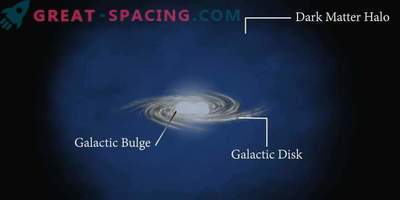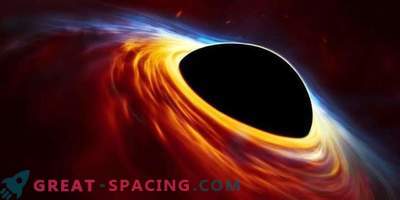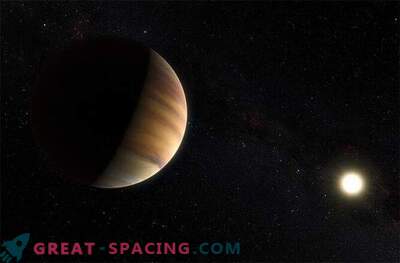
How fast does dark matter orbit the earth? Determining its speed has important implications for modern astrophysical research. For the first time, scientists were able to get close to solving the problem by looking at the most ancient stars of the galaxy.
Old stars function as visible speedometers for invisible dark matter, determining the distribution of velocity near the Earth. Dark matter is not visible, because it does not emit light, so you have to turn to other objects to study it.
To determine when stars behave like invisible and undetectable particles of dark matter, the researchers used computer simulations. The hypothesis was that there are certain subsets of stars that for some reason correspond to the motions of dark matter.
To test the idea, we had to create a huge number of graphs and compare the various properties of dark matter with the properties of different subsets of stars. The breakthrough happened when comparing the first category with a different amount of metallicity in the objects. It turns out that the curve of dark matter is perfectly combined with the stars with the least amount of heavy metals.
Metallicity can serve as a star mark, as metals and other heavy elements are formed in supernovae and neutron star fusions. Small galaxies connected to the Milky Way, usually have a relatively smaller number of these heavy elements.
Why is this important?
They are trying to find dark matter since 2009. To do this, a very dense material (often xenon) was laid at a great depth and waited for dark matter to leak through the planet in order to fix the contact. But it is a difficult process. If a particle of dark matter is less massive than a nucleus, then the latter will not move much in a collision, which means we will not notice the result.
Therefore, limiting the speed of dark matter is important. If its particles are slow and light, then they will have enough kinetic energy to displace the nuclei of substances. But if the speed is higher, then the return will be greater.
That is why the new study decided to use the speed, which will help to understand why the experiments on direct detection have not yet yielded results. Scientists are awaiting new information from the Gaia ESA telescope, which has been viewing the Milky Way since 2014. So far they have released only information about a small stellar subset, but the full set will contain information about a billion objects.











































